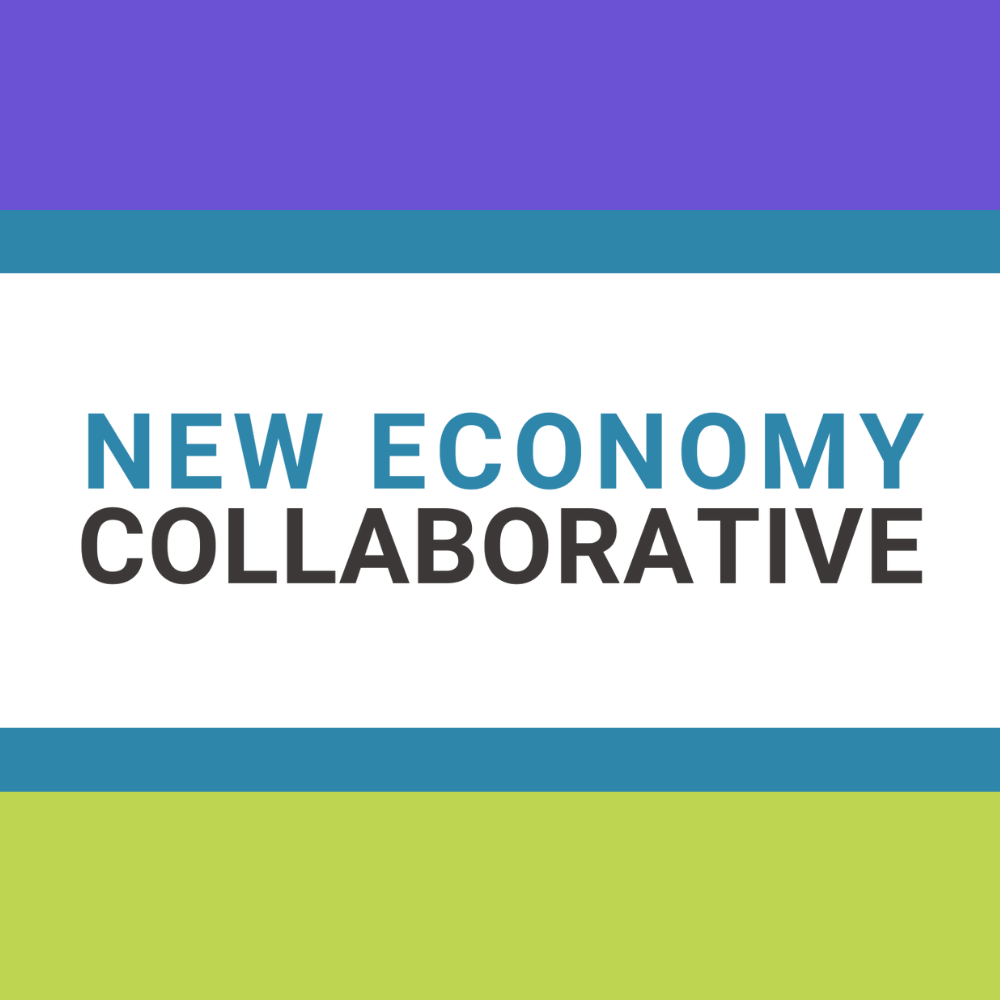
The New Economy Collaborative of Southwestern Pennsylvania announced a $62.7 million Build Back Better grant toward workforce development in Southwestern Pennsylvania. Follow Technical.ly’s coverage of the 11-county project here.
As technology evolves at breakneck speed, the demand for highly skilled workers is outpacing the ability to train them.
That’s where organizations like Catalyst Connection, a nonprofit dedicated to supporting advanced manufacturing in Southwestern Pennsylvania, come in. For over three decades, the organization has helped manufacturers innovate and scale their operations, while tackling the ever-growing challenge of attracting and retaining skilled workers.
Still, it requires collaboration from academic institutions and businesses to make that happen, as the organization recently found out through a project with University of Pittsburgh students.
“Manufacturers’ number one problem is attracting and retaining talent,” David Rea, managing director at Catalyst Connection, told Technical.ly. For every 100 open jobs, there are only 77 qualified Pennsylvanians available to fill them, according to the Chamber of Business and Industry.
Catalyst Connection partnered with the winners of Pitt’s Super Analytics Challenge earlier this fall in one of its efforts to tackle this workforce challenge. The student team — consisting of James Cole, Yasha Kaushal, Shiv Waleacha and Anirudh Narayan — took on the task of finding a way to track long-term success after students graduate from workforce development programs.
The project will be especially relevant to Catalyst Connection’s work on the New Economy Collaborative. The $62.7 million Build Back Better grant funds economic development in the Southwestern Pennsylvania region, bringing new skills, jobs and commercial tech to the scene.
As a part of the SME Robotics Adoption project, Catalyst will spend $4.8 million on spreading innovation across small and medium businesses in both urban and rural areas. Other projects also focus on workforce development.
A fresh perspective on tackling the local workforce pipeline
To fund other Catalyst Connection projects focused on workforce development, the organization faces a persistent issue with proving its value.
“Funders want to know if the programs are working — if the kids are actually getting into manufacturing careers,” Rea said. “We have the anecdotal evidence, but what we need is solid data to demonstrate it over time. But once students leave school, privacy concerns make it difficult to follow their career paths.”
It needed a way to track and evaluate the long-term success of these students once they graduate from high school and measure whether the programs are truly leading them into advanced manufacturing careers.
The students at Pitt teamed up with Catalyst Connection for a fellowship after winning the hackathon-style challenge in February 2024 to apply what they accomplished to the organization.
The team, mentored by IBM’s Kee Won Song, began by rethinking the problem from its perspective.
“For Catalyst Connection, it wasn’t just about following students after they left school,” Kee Won, global government research leader, said. “It was about connecting the dots between all the players: the students, the parents, the funders, the schools and the manufacturers.”
Its Super Analytics project positioned the team to do this because it had already researched the workforce pipeline between high schoolers and advanced manufacturers. The team used data analytics to develop Mobile Training Units providing high school graduates with critical skills training, a stipend, and guaranteed job placement
“Instead of focusing on just one source for manufacturing talent, our process took a more holistic approach,” said Cole, a member of the winning team. “We realized that various stakeholders had indirect effects on each other, even if they weren’t in direct contact. We needed to create something that facilitated better communication and transparency.”
Emotional connections and social media for data tracking
The student team decided that to tackle Catalyst Connection’s unique issue, it would need to add empathy to a traditional data analytics approach, which it completed in September.
Its effort included three main tenets:
1. A robust parental consent form
Tracking students after high school graduation involves collecting sensitive data, which raises concerns about compliance with privacy regulations like the Family Educational Rights and Privacy Act and the Children’s Online Privacy Protection Act.
The team’s first recommendation was to overhaul Catalyst’s outdated, basic parental consent form, transforming it into a robust, legally compliant document.
“It wasn’t just about compliance,” Cole said. “We wanted to build trust with the parents.”
This consent form would allow Catalyst Connection to collect long-term data on students, tracking outcomes like job placements, further education and skills development while staying within legal boundaries.
2. Empathy maps
The team developed “empathy maps,” a tool used in design thinking to capture the emotions, thoughts and motivations of different stakeholders.
“By mapping out each group’s perspective, we uncovered overlaps in expectations and gaps in communication,” Cole said.
Funders want to see hard data on outcomes, while students could use a better understanding of the program’s long-term impact on their careers, he said. With this information in mind, Catalyst Connection can tailor how it approaches each group.
3. Professional networking opportunities
Finally, the team looked at how to spur long-term engagement with students after graduation.
One surprising insight the team uncovered was that many high school students didn’t have LinkedIn profiles, limiting Catalyst Connection’s ability to stay connected with them after they entered the workforce or continued their education.
“We realized that LinkedIn, though seen as a professional network for adults, could actually be a critical tool for students transitioning into the workforce,” Rea said.
The team proposed adding a LinkedIn workshop into the programs, to teach students how to set up profiles, showcase their skills and stay connected with industry professionals.
Plus, by having an established LinkedIn presence, students could be monitored for career developments like job changes, certifications, and new skills.
The next step: Finding out how well these projects really work
Because the fellowship between the students and Catalyst Connection only recently ended, the workforce organization is still in the process of implementing these recommendations.
It revised the parental consent form with the help of legal experts, the empathy maps are being used in discussions with funders and partners and the LinkedIn workshops are being piloted in local high schools.
It’ll take a bit more time to see how it all shakes out, but the early results are promising, according to the organization.
“The ideas they brought to the table were simple, yet incredibly impactful,” Rea said. “We weren’t able to do these things in 30 years. It’s something we should have thought of sooner, but sometimes it takes a fresh perspective.”
Join our growing Slack community
Join 5,000 tech professionals and entrepreneurs in our community Slack today!
Donate to the Journalism Fund
Your support powers our independent journalism. Unlike most business-media outlets, we don’t have a paywall. Instead, we count on your personal and organizational contributions.

Everything you need to know about immigrant work visas under the Trump administration

How Duolingo’s social media team built a viral marketing strategy

Abridge CEO says ‘hypergrowth’ is why it’s moving to hire in San Francisco, sparking talent debate in Pittsburgh ecosystem



